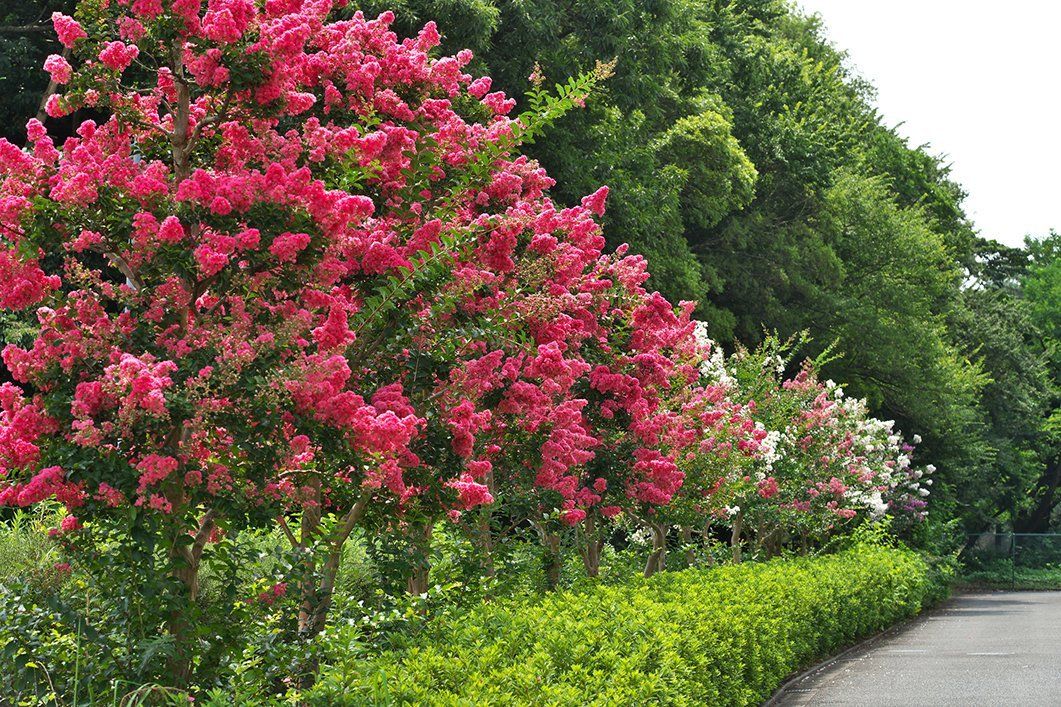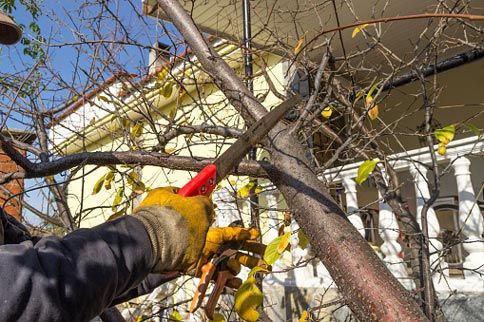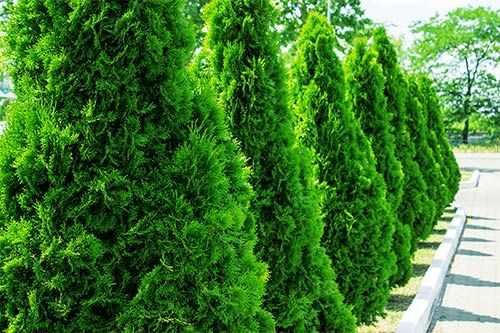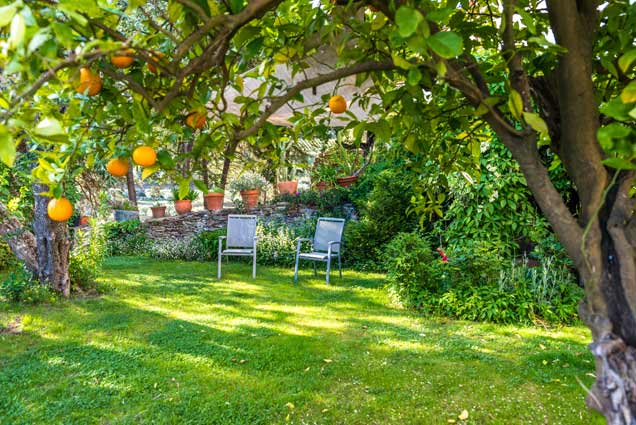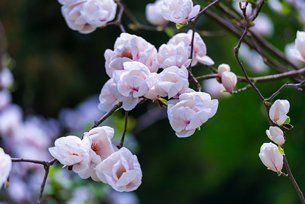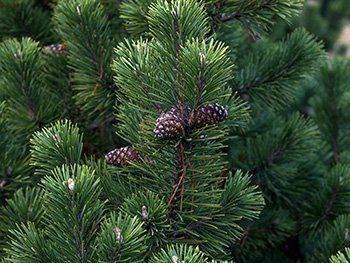Trim Your Tree Regularly
Citrus trees don't require as much pruning as other fruit trees, but it is a good idea to give them a thorough trimming every one to two years. Careful trimming increases abundance of the fruit and also helps prevent disease. The best time to trim your tree is in the spring just before the blossoms appear.
When trimming your tree, remove any branches that are sparsely leafed, spotted with fungus, or overlapping other branches. Make sure you use clean, sharp blades to minimize damage to the tree, and leave about an inch of the branch behind; this is the branch collar that will seep a lot of sap if cut.
Prune Away Sprouts as They Appear
Throughout the year, keep a close eye on your tree's trunk, and trim away any sprouts that appear low on the trunk or beneath the tree graft. These sprouts use vital nutrients that the tree will otherwise put into fruit production. It's okay to remove sprouts at any time of year, and the sooner you remove them, the better.
Provide Water in Moderation
Citrus trees do demand a lot of water in order to produce juicy fruit, but there's a fine line between under-watering and over-watering. Too much water can cause issues like leaf discoloration, root rot diseases, and split fruit.
Since mature orange trees have such extensive root systems, you should only need to water your orange tree once every couple weeks. An easy way to tell if your tree need water is to dig down into the soil around the tree. If the soil 6 inches beneath the surface is dry, your tree needs water.
When watering your tree, apply enough water to saturate the soil three feet down. Run a hose out to the tree, and allow it to flood the surrounding area. Move the hose once or twice to ensure even saturation, and do not allow the water to pool directly against the tree trunk.
Fertilize the Tree Three Times a Year
Providing your orange tree with enough nitrogen, potassium, and phosphorus helps ensure a healthy orange crop. Fertilize your mature orange tree once in the winter, again in the late spring, and a third time in the early summer. Granular citrus fertilizers are widely available at most garden centers. You can sprinkle fertilizer around the tree before a rainstorm or before watering the tree; the fertilizer will slowly seep into the soil.
Watch for Signs of Magnesium Deficiency
Magnesium deficiency is a common problem in orange trees, especially in areas where the soil is overly acidic. When a tree is deficient in magnesium, its older leaves may develop yellow splotches in the center, and leaves may begin tumbling to the ground prematurely.
Supplementing your tree with magnesium is quite simple. Sprinkle Epsom salts, which are magnesium sulfate, around the tree's root zone. Use about 2 tablespoons of salts per 9 square feet of land. Once the tree absorbs the magnesium, you should notice greener leaves and larger oranges.
With the proper care, your orange tree can bring plenty of joy to your family. If you would like to have your orange tree trimmed, or if you have additional concerns about its care, contact the Certified Arborists at Big Ben's Tree Service.



